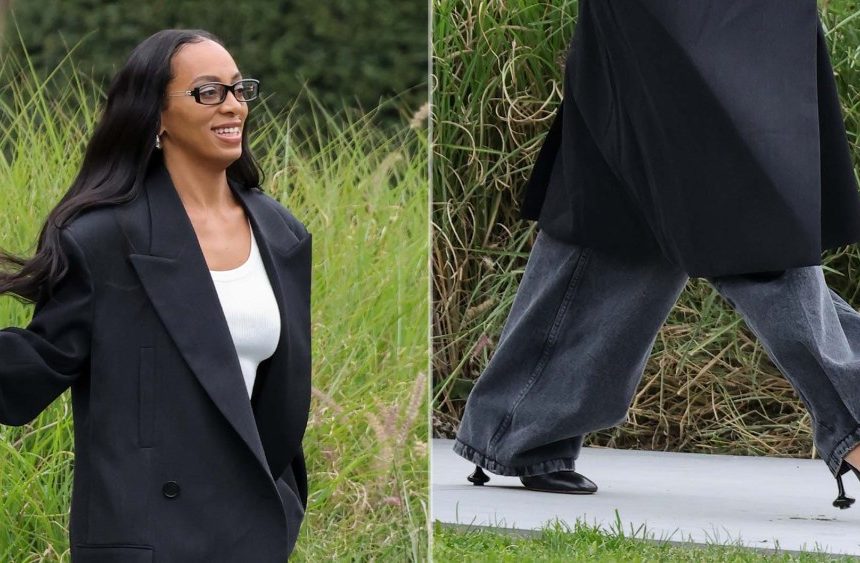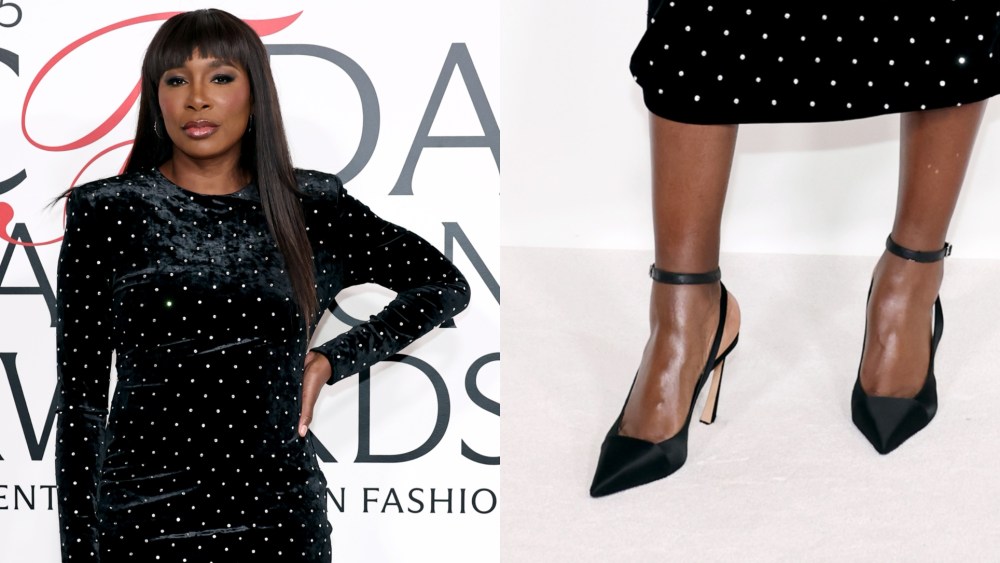The gross profit rose to £701 million, while gross margin expanded sharply to 67.9 per cent from 63.4 per cent, an improvement of 450 basis points (bps) at reported rates (410 bps at constant exchange rates). The company attributed this largely to non-recurring inventory headwinds in the prior year, including provisioning and inventory exits.
Burberry’s H1 FY26 revenue fell to £1.03 billion (~$1.36 billion), though margins strengthened as gross profit rose and adjusted operating profit returned to £19 million (~$25.08 million).
Comparable sales stabilised, with Q2 growth of 2 per cent.
EMEIA and the Americas grew, while Greater China and Asia Pacific improved.
For FY26, Burberry expects retail space to remain broadly unchanged.
The adjusted net operating expenses fell 7 per cent at reported rates and 5 per cent at constant exchange rates to £682 million, reflecting the impact of the ongoing cost efficiency programme and the absence of prior year store impairment headwinds, partly offset by inflation and targeted investments, Burberry Group said in a press release.
As a result, the adjusted operating profit reached £19 million (~$25.08 million) in H1 FY26, compared with a £41 million adjusted operating loss a year earlier. The adjusted operating margin improved to 1.9 per cent from a negative 3.8 per cent, an uplift of 570 bps at reported rates.
Net finance expense increased modestly to £30 million from £27 million, leading to a loss before taxation of £48 million, an improvement on the £80 million loss a year earlier. The attributable loss to shareholders narrowed to £26 million versus £74 million. Adjusted loss before tax improved to £11 million from £68 million and adjusted diluted earnings per share moved back into positive territory at 0.6 pence, versus a loss of 18.3 pence in the prior year. Reported diluted loss per share narrowed to 7.1 pence from 20.8 pence.
The retail segment remained the core of the business, accounting for around 85 per cent of retail and wholesale revenue. Retail sales declined by 1 per cent at constant exchange rates and 3 per cent at reported rates in the half, but like-for-like sales stabilised overall and improved as the half progressed.
Retail revenue totalled £854 million, down from £885 million a year earlier. Wholesale revenue fell to £148 million from £169 million, a decline of 12 per cent at reported rates and 11 per cent at constant exchange rates, albeit slightly better than guidance for mid-teens declines due to phasing and improved in-season orders from strategic partners after stronger sell-out of the Autumn 25 collection. Burberry reiterated that it intends to operate a smaller, higher-quality wholesale business in future.
Europe, Middle East, India and Africa (EMEIA) grew 1 per cent for the half, with both quarters delivering 1 per cent growth, supported by resilient local customer spending that offset weaker tourism. The Americas rose 3 per cent in H1 (up 4 per cent in Q1 and 3 per cent in Q2), driven by new customer acquisition, offsetting weaker tourist traffic in the United States during the summer.
Greater China declined 1 per cent over the half but returned to growth in Q2, with sales moving from a 5 per cent decline in Q1 to a 3 per cent increase in Q2. Growth in local customers partially offset weaker outbound tourist flows.
Asia Pacific declined 2 per cent in H1 but improved sequentially, from a 4 per cent decline in Q1 to flat in Q2. South Korea was flat for the half (up 2 per cent in Q1 and down 2 per cent in Q2), while Japan declined 5 per cent overall but swung from a 10 per cent decline in Q1 to a 2 per cent increase in Q2.
By division, accessories revenue declined to £343 million from £367 million, down 7 per cent at reported rates and 4 per cent at constant exchange rates. Womenswear was broadly stable at £312 million, flat at reported rates and up 2 per cent at constant exchange rates. Menswear revenue declined to £304 million from £324 million, down 6 per cent at reported rates and 3 per cent at constant exchange rates. Children’s and other categories fell to £43 million from £50 million.
Burberry continued to refine its store portfolio while investing in elevated in-store experiences. The group opened four stores and closed eleven during the half, ending the period with 415 directly operated stores and 31 franchise stores.
The network included 225 full-price stores, 136 concessions and 54 outlets, with Asia Pacific and Greater China representing the largest store bases.
“One year into Burberry Forward, my belief in this extraordinary British luxury house is stronger than ever,” said Joshua Schulman, chief executive officer (CEO) at Burberry Group. “With the consistency of our Timeless British Luxury brand expression and an improved product offer, we have begun to see customers return to the brand they love, resulting in comparable store sales growth for the first time in two years. While it is still early days and there is more to do, we now have proof points that Burberry Forward is the right strategic path to restore brand relevance and value creation. We move forward with confidence that Burberry’s best chapters lie ahead.”
For FY26 Burberry is expecting its retail space to remain broadly stable, while wholesale revenue is projected to decline by a mid-single-digit rate. The company anticipates delivering £80 million in annualised cost savings in FY26, building on the £24 million achieved in FY25. Restructuring charges are forecast at around £50 million for the year as part of the ongoing transformation. Currency movements, based on spot rates as of October 24, 2025, are expected to create headwinds of about £50 million on revenue and £5 million on adjusted operating profit. Capital expenditure for the year is planned at approximately £120 million.
Fibre2Fashion News Desk (SG)


